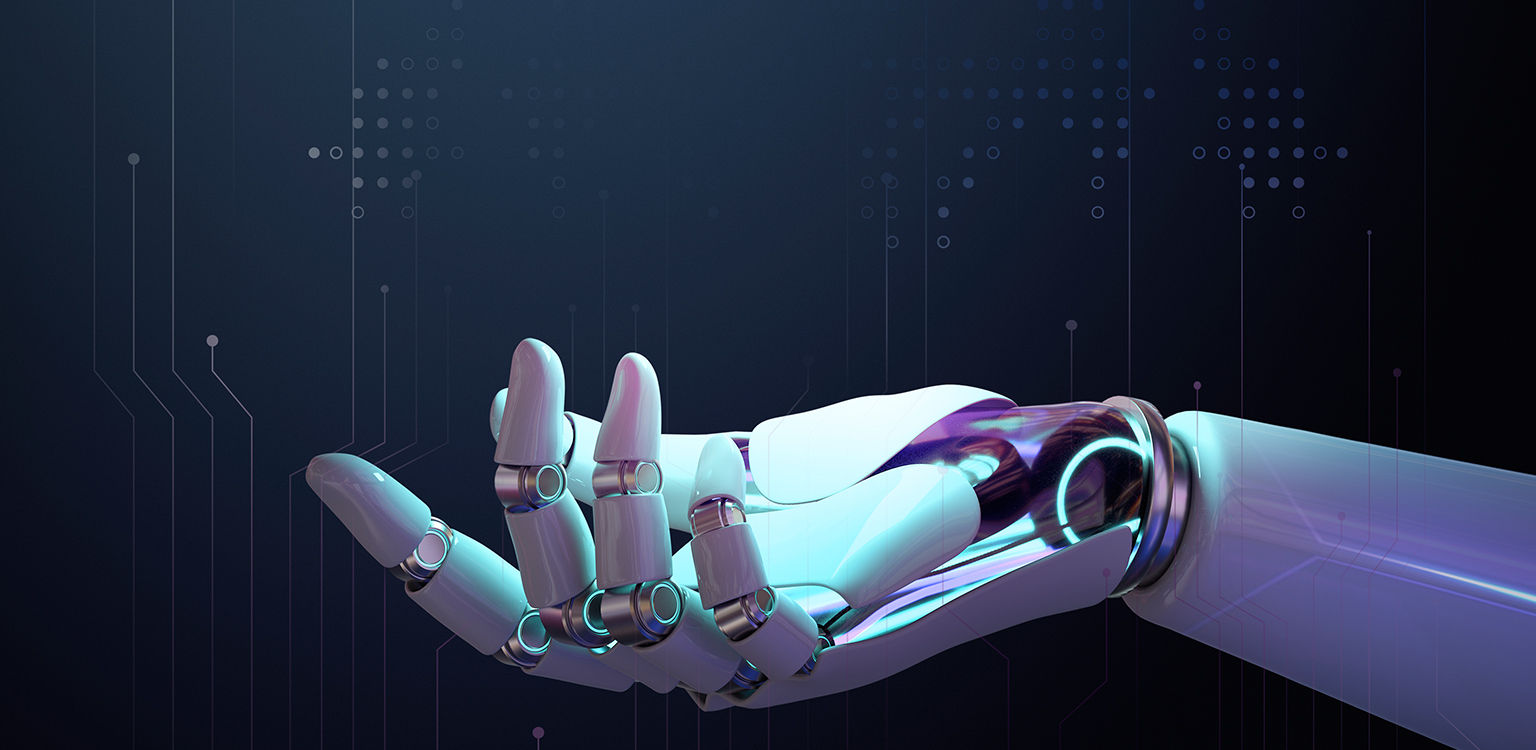Tech-Driven Solutions
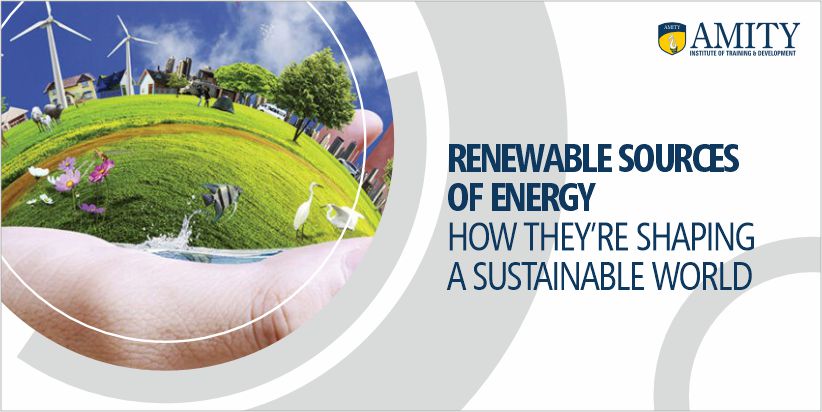
Renewable resources transform how we consider sustainability in the world today. Necessity has indeed been the mother of invention when it comes to climate change, for obvious reasons, this need is critical for renewable energy systems. What is renewable energy? It refers to energy from resources such as sunlight, wind and water that can be replenished.
On the whole, India is becoming the leader in the renewable energy market in India, with targets set at 175 GW in solar and wind power by 2022. Green energy is reducing pollution levels and increasing energy security. The global market saw an increase of 36% in 2023.
This blog explores the different forms of renewable resources, their significance, and where they stand in the scheme of a world that promises to be more sustainable in the future.
Key Takeaways
- Renewable resources can offer alternatives for fossil fuels in a sustainable manner.
- Different types include solar, wind, hydropower, biomass, geothermal, tidal, and wave energies.
- Government policies have a huge impact on the rate of adoption of renewables.
- AITD provides training programs that give a clue to transferring knowledge in renewable energies.
- Transition to renewables is the passage to sustainable long-term achievement in developing global sustainability goals.
What is Renewable Energy?
Renewable power is the type of energy produced from resources that are replenished naturally. Renewable sources of energy include solar, wind, hydro, biomass, and geothermal energies, unlike fossil fuels like coal, oil, and natural gas which are made up over millions of years and will be exhausted eventually.
Renewables are an abundant and available resource and are vital in the long run to reach many environmental objectives.
(Source: iea)
DO YOU KNOW? Solar PV and wind are growing at great speeds, making renewables the biggest electricity source before early 2025.
Exploring the Types of Renewable Energy: A Comprehensive Overview
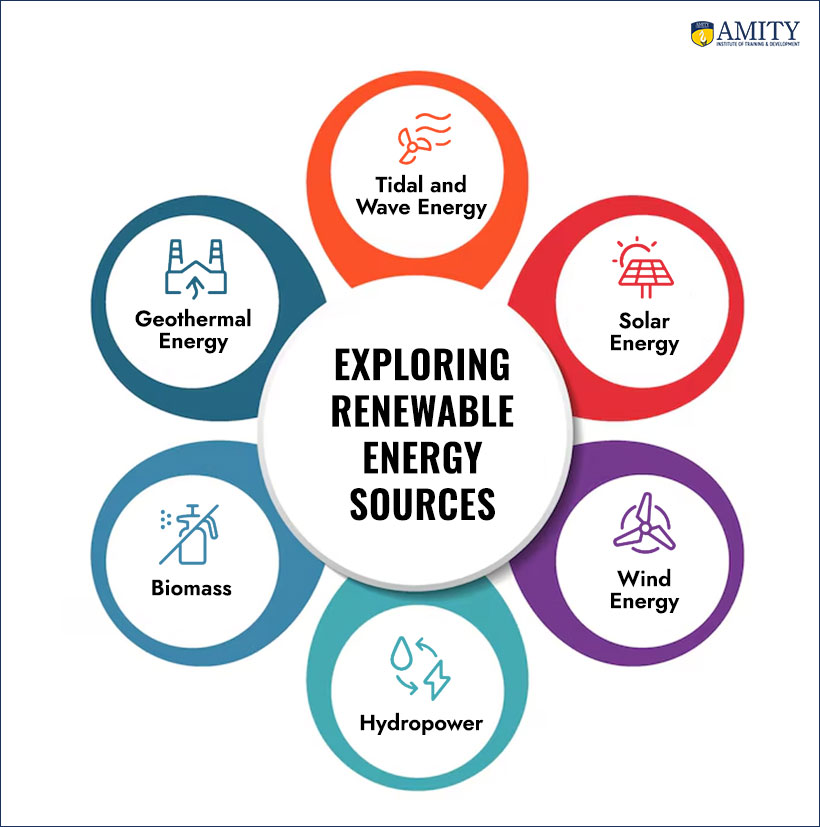
Knowing the different types of renewable energy shows us how much impact it is making:
- Solar Energy: Solar energy is using the sun’s rays through either PV panels or CSP systems. It is rapidly growing in most parts of the world.
- Wind Energy: Wind turbines convert wind into electricity. The U.K. has also invested plenty in wind farms.
- Hydropower: The most used renewable power, which produces about 54% of the world’s renewable electricity.
- Biomass: It is an organic material-based heat or electricity producer.
- Geothermal Energy: This energy uses the heat of Earth in energy and heating.
- Tidal and Wave Energy: These use ocean tides and waves to produce electricity, which is reliable.
(Source: investindia.gov)
DO YOU KNOW?Indian renewable sources will reach 500 GW by 2030 because of investments in solar and wind.
What Are the Long-Term Advantages of Renewable Energy Systems?
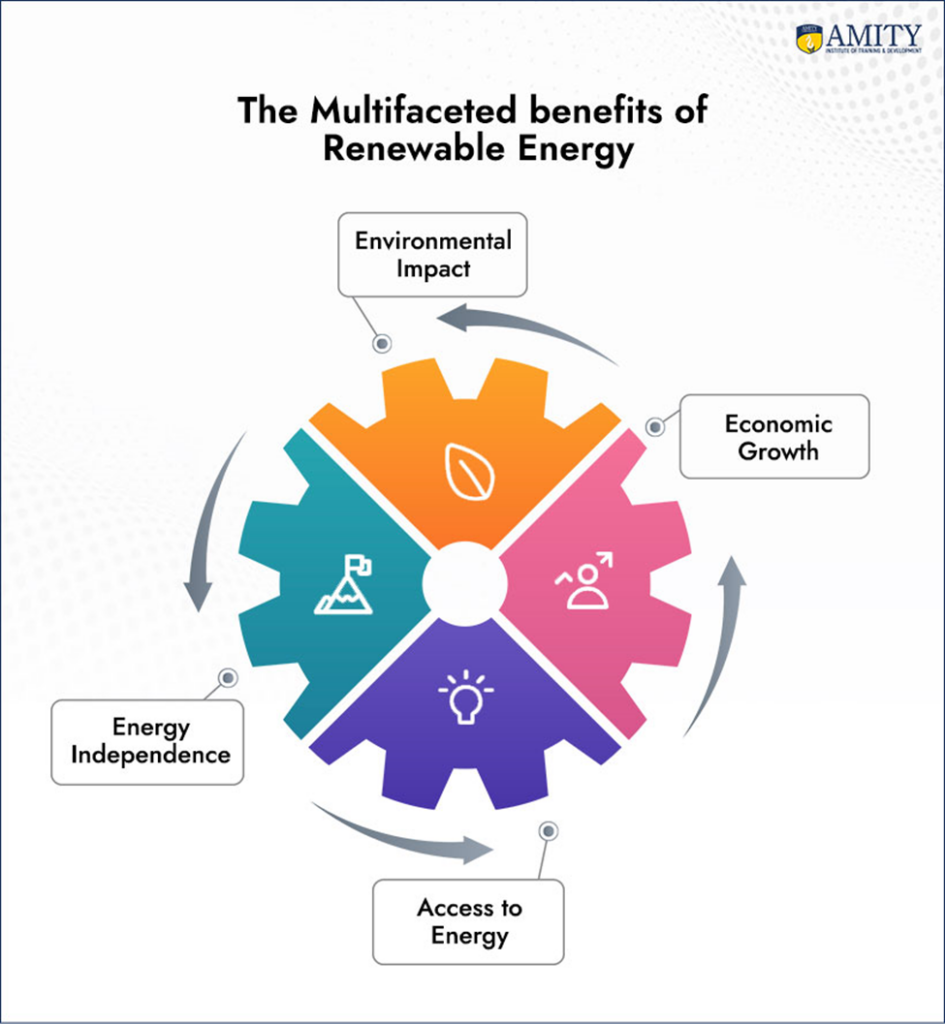
The transition towards renewable power has numerous benefits:
- Environmental: Renewables emit relatively fewer greenhouse gasses as compared with fossil fuel, and help reduce climate change while keeping air clean.
- Economic Development: Of course, the renewable power market has now flourished to create jobs in many aspects. In fact, it grows faster than the growth of jobs in fossil fuels.
- Energy Security: The use of renewables will decrease the utilization of imported fuels. This increases national security and the local economy.
- Access to Energy: Renewables can achieve electricity in distant places outside from the classical infrastructure. This increases social equity and economic growth.
(Source: Irena)
DO YOU KNOW?IRENA reports 12 million jobs in renewable technologies today and estimates that the figure is rising.
How Is Renewable Energy in India Shaping a Sustainable Future?
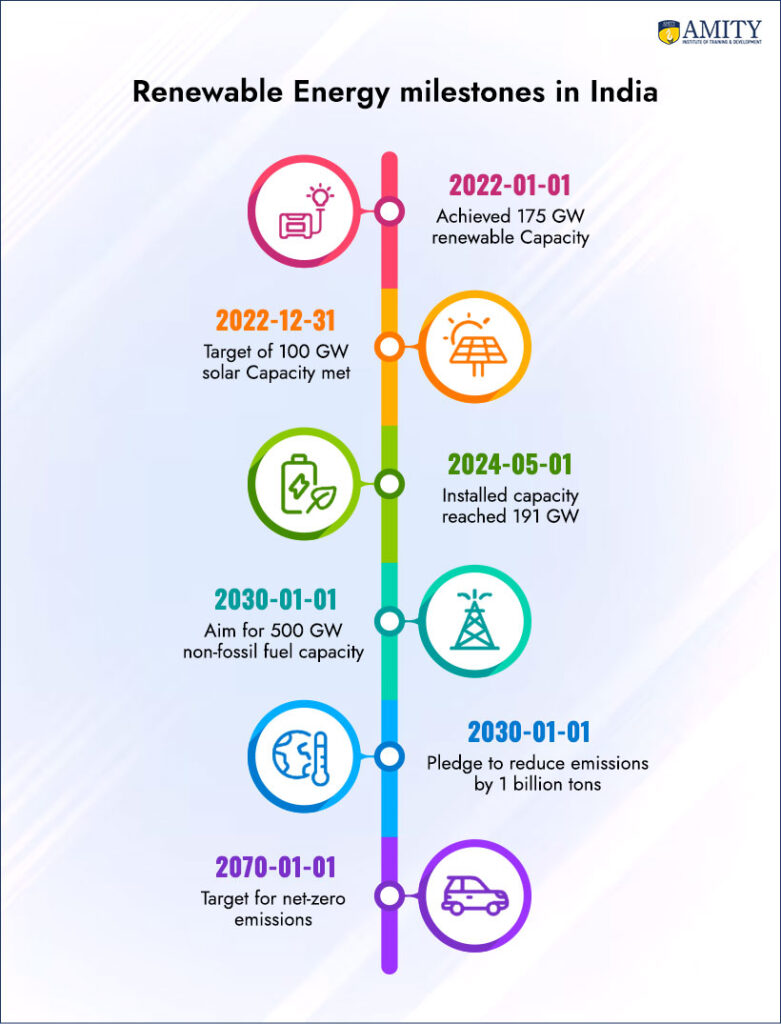
India is doing great on sustainable energy. It is cutting down considerable fossil fuels. The target it has set is to add clean energy up to 500 GW by 2030 from the current 175 GW by 2022. By May 2024, India reached 191 GW of regenerative energy with 85 GW of solar and 43 GW of wind.
Renewable Power Market Growth: Impact of Government Initiatives
1. National Solar Mission
One number one candidate for any clean power plan in India is the National Solar Mission. The target is 100 GW by 2022. It pushes both big solar farms and rooftop solar, growing solar energy everywhere.
2. International Commitments
India is serious about reducing carbon emissions. It’s part of the Paris Accord. At COP26, India committed to reducing carbon by 1 billion tons by 2030 and going to net zero by 2070.
(Source: iea)
DO YOU KNOW? By 2028, renewable resources will account for more than 42 percent of global electricity generation, with the share of wind and solar PV doubling to 25 percent.
What Are a Few Examples of Successful Renewable Resources Projects?
So many examples of the success of renewable power. Some include
- The 648 MW Kamuthi Solar Power Project, the world’s largest solar park located in Tamil Nadu.
- Kutch Wind Farm in Gujarat has installed capacity of over 1 GW.
- Hydropower generating capacity with irrigation benefits of Sardar Sarovar Dam located on the Narmada River.
These projects support the growth of renewable energy in India. They also make other nations use more clean energy.
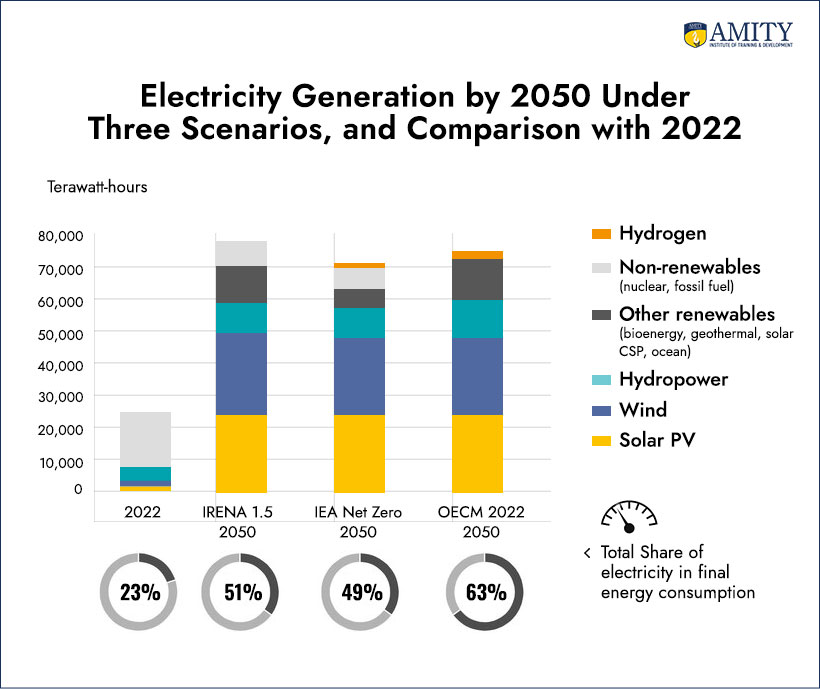
The “Renewable Energy: Global Status Report 2024” by REN21 reveals a lot of changes. Green power accounts for more than 40% of electricity globally, according to 2023 levels. Wind and solar account for 14%. According to the report, nearly 91% of new power-generating capacity came from renewables. However, the same report also points out many challenges and more work needed before these are solved (REN21, 2024).
How does AITD contribute to the transition to renewable resources?
As we go into sustainable energy, it remains important that institutions like Amity Institute of Training and Development (AITD) contribute towards an increase in knowledge and the development of skills in this direction. AITD provides special programs to train people and companies on clean energy systems.
Do you know.? AITD courses are not purely teaching people how to do things, but “sustainability” in saving companies money.
AITD’s Contribution to Advancing Renewable Energy Systems
AITD attempts to develop knowledge and skills about renewable energy systems. They have a course and program regarding the zero-emission energy technologies available. It bridges the theory to the practical knowledge gap.
Key Areas of Focus:
- Training Programs: AITD offers numerous courses regarding the types of renewable resources including solar, wind, and bio-energy. These courses teach participants to use renewable solutions in the most efficient manner.
- Industry Collaboration: The institute collaborates with the top regenerative energy companies in India. This ensures that the training is relevant to the industry and jobs are guaranteed to those graduates.
- Research Initiatives: The institute continues to do deep research on green energy market trends. This keeps their training matched to the forward-thinking scenario.
DO YOU KNOW? The renewable sources sector can produce over 24 million jobs across the world by 2030. This requires the expertise, which is produced by AITD.
Renewable Resources in India: A Focus in AITD’s Curriculum
Training at AITD benefits the society:
- Empowerment through Knowledge: The participant knows about eco-friendly energy and plays his part in eradicating climate change. This empowers him to demand sustainable practice.
- Possibility towards Certification: Diploma holders at AITD get a renewable energy Certificate. It adds to their credibility and opens up several job opportunities in the renewable sector.
- Networking Opportunities: The attendees learn from the industry and peer consultants. This can provide work opportunities in the new, growing sustainable energy industry.
How Can AITD Facilitate Your Journey in the Renewable Energy Transition?
When there are ocean-wide ecological concerns, there must be recourse to renewable sources of energy. It is through obvious victories: defense of the environment, betterment of the economy, provision of clean energy for all without exception. When AITD takes up the leadership position in training, then companies will take a step forward toward a green future.

